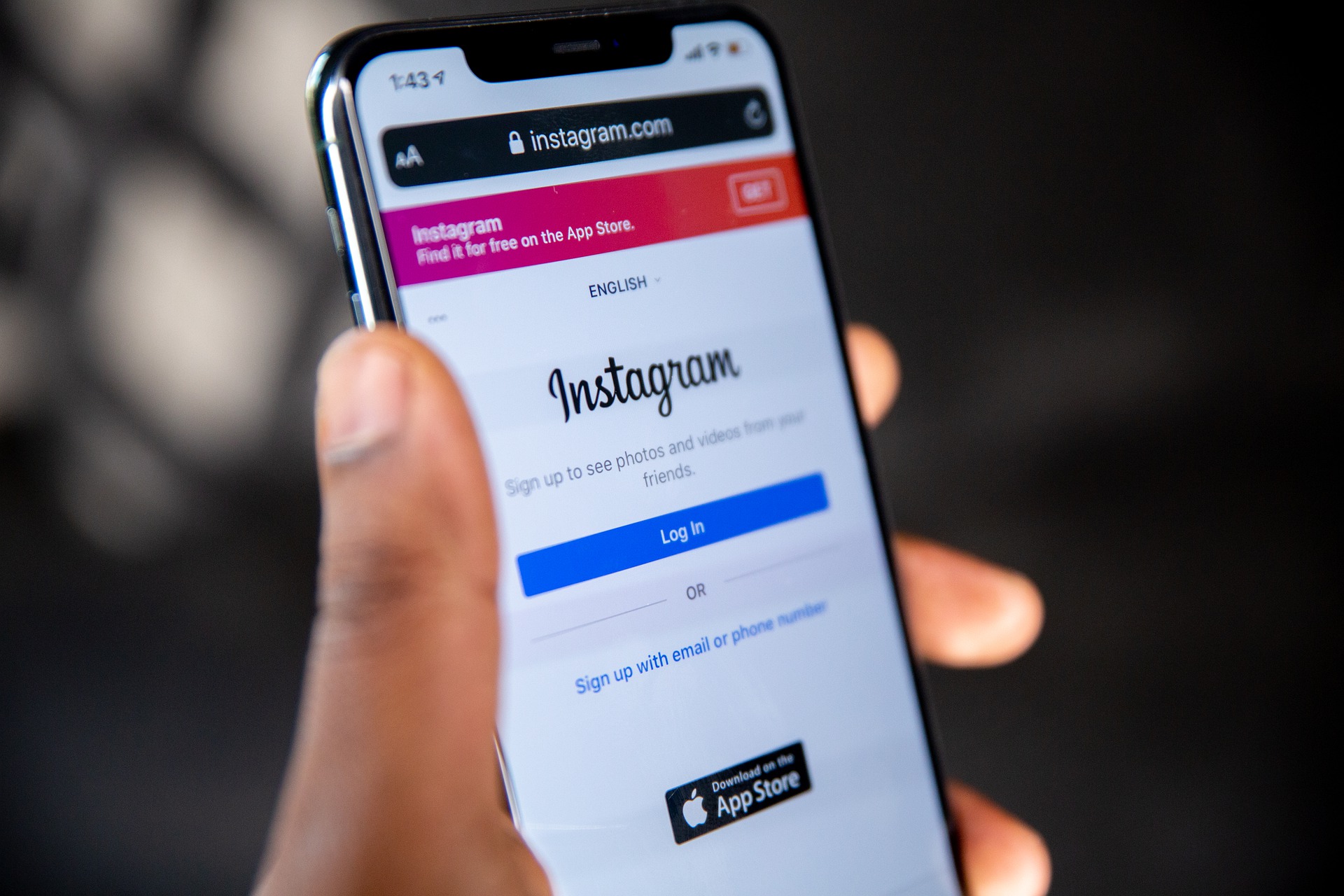How many times do you visit your bank? Probably more often if you are into a business or might not too much if you prefer online banking. The banking system is quite important to balance the economy of our country and let finance go smoothly. Before the popularity of online banking, cheques were used a lot to issue and collect payment. Read more about Why A Cheque Is Called The Negotiable Instrument below.
Cheque : Negotiable Instruments
A cheque is regarded as a document that you can issue to your bank so that they can pay a particular amount mentioned on the cheque to the person whose name is added to the cheque.
To put in simple words, cheques are also regarded as Negotiable instruments following the banking system. You might be wondering about this term and what it means. The term Negotiable instrument means cheque is a document promising its bearer a payment a specific amount upon accomplishing the document to the banker or by a following particular date.
The party who issues the cheque is called the drawer. And the party whose name is added on the cheque to collect the payment is called the drawee.
Do you know how many Types of Cheques are used in the banking system? Here, we are going to mention in a detailed manner. Let’s check it out –
Post Dated Cheque –
These sorts of cheques come up at a later date to get encased. It means before that specific date, you would not be able to use that. Even if you have this cheque and you submit this to the bank, then the bank would be processing this payment only as per the mentioned date. This cheque is considered valid post the mentioned date but not before the date.
- Stale Cheque –
Talking about a stale cheque, it is a cheque that holds its validity for 3 months from the date of being issued. After 3 months, it would not be considered valid. It is called a stale cheque.
Bearer Cheque –
This type of check is made to the individual bearing or carrying the cheque. This cheque can be transferred by delivery. If one carries this cheque to the bank, he can have the payment without need of any other authorization. Now, you might be wondering what you can get if it is a bearer cheque. You can check if the words “or bearer” are printed on that. If these words are there on that check, you can find it is a bearer cheque.
- Order Cheque –
The next on the list is called Order Cheque. It means the words “or bearer” are canceled. It means these cheques are only allowed to the person whose name is added to the cheque. Moreover, the bank would be responsible to do a quick background check to make sure before releasing the payment indeed.
Crossed Cheque –
The discussion will remain incomplete until it is mentioned about the crossed cheque. You probably have observed a cheque coming up with 2 sloping parallel lines coming with the words “a/c payee” mentioned at the top left. It is regarded as a crossed cheque.
Talking about the lines, it is important to ensure that irrespective of what is available on the cheque, the payment would only be added to the individual whose name is added on the cheque. To put in other words, the a/c payee along with his/her account number. Here, it needs to be mentioned that these cheques are considered quite safe since they can easily be encased only at the drawee’s bank.
- Open Cheque –
The next on the list is called an open cheque. An open cheque is a cheque which is not crossed. The best thing about this cheque is that it can easily be encashed at any bank. The payment can easily be made to the individual bearing the cheque. The cheque can also be transferred from the original payee to another one as well. The issuer is required to add his signature on it following both sides indeed.
Conclusion –
We hope this cheques type has given you much-needed clarity. Next time, you will get easily what type of cheque you are using in the bank.
Please share “Why A Cheque Is Called The Negotiable Instrument“






